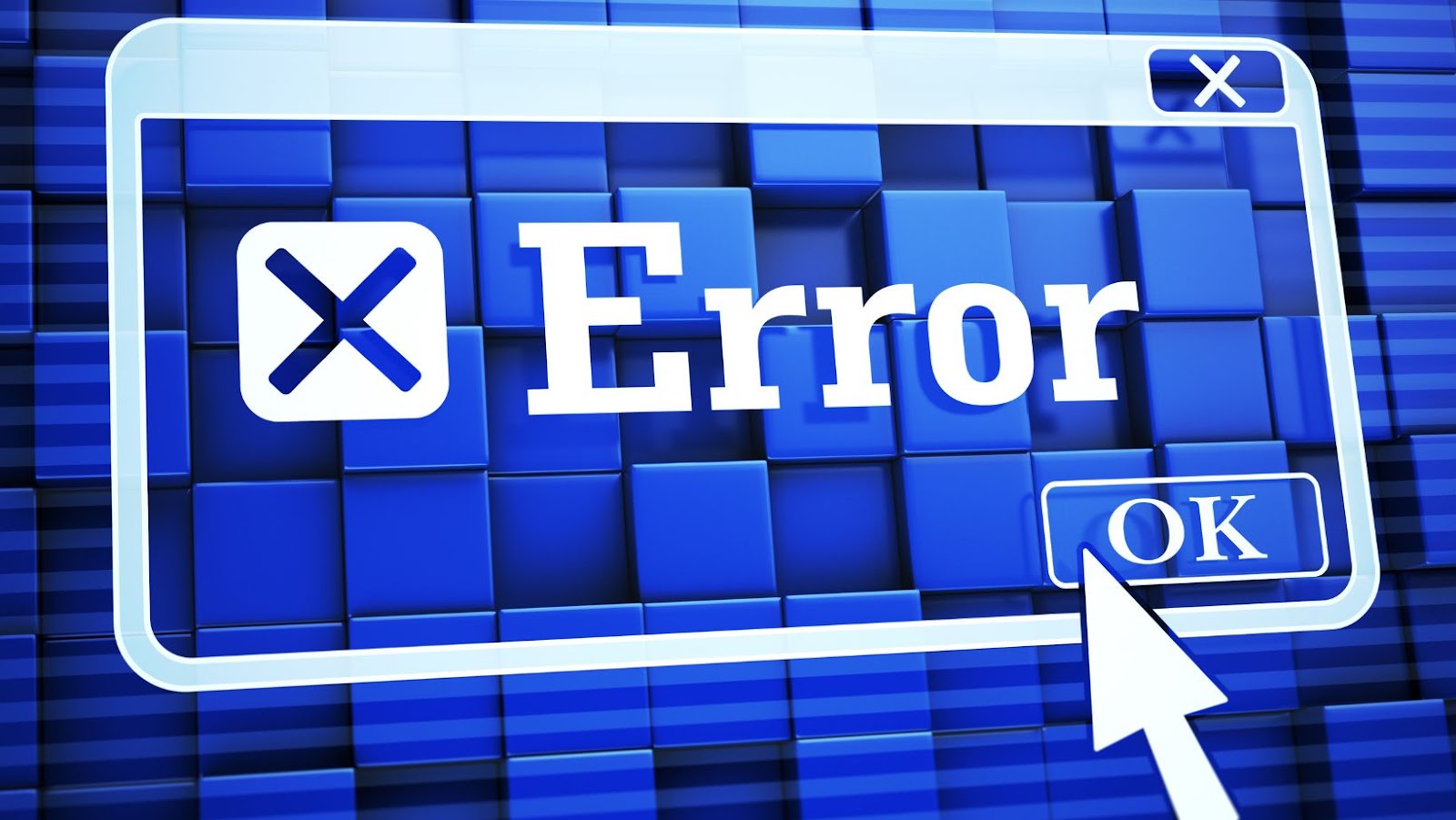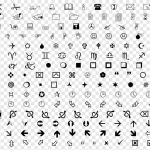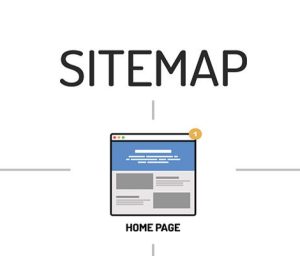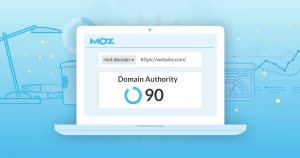
Introduction to Error Domains and How They Impact Your Website
Error domains can cause a lot of issues for websites, from decreased ranking to loss of traffic. Thus, it’s important to understand how they work and the best ways to troubleshoot any issues that may occur. In this blog post, we’ll discuss what an error domain is, its causes, and the most effective way to troubleshoot common error domains on your website.
Understanding Error Domains
An error domain is a type of technical issue that can cause a website to become unavailable or inaccessible. This usually occurs due to misconfiguration or destruction of the domain’s DNS records. A domain’s DNS record holds information such as its IP address, which allows it to navigate between users and servers across the internet. When these records become corrupted or are otherwise destroyed, it can cause your website to become inaccessible or unresponsive.
Common Causes for Error Domains
Domain errors are commonly caused by misconfigured DNS records, such as incorrect IP addresses or out-of-date nameservers. It can also be caused by malicious activities like cyberattacks or typos in the domain name you are trying to access. Errordomain=nscocoaerrordomain&errormessage=impossible de trouver le raccourci spécifié.&errorcode=4 if you recently changed hosting providers and have not updated your DNS records accordingly, this could also result in an error domain issue.
Troubleshooting Common Error Domain Issues on Your Website
The first step in solving any error domain issues is finding out what went wrong in the first place. To do this effectively, you must check each component of your DNS record configuration – including nameservers, MX records (email), A Records (IP addresses associated with a certain hostname), CNAMEs (aliases) and more – and identify any potential discrepancies or errors therein. Once you have identified these errors, it’s time to start troubleshooting them!
The most effective way of doing this is by using a reliable online tool such as Diagnostic Centaur – which not only helps you detect any potential problems but also lets you easily fix them directly within their user interface within minutes! Additionally, if there are no obvious errors present within your DNS record configuration then consider using Google’s Webmaster Tools which includes a “Fetch as Google” feature that checks for server connectivity problems among other things related to web hosting services which might be causing an issue with your website’s visibility on search engine results page (SERPs).
Understanding the Different Types of Error Domains
When it comes to troubleshooting common error domains on your website, it’s important to understand the different types of error domains. Domain errors can be classified into four main categories: DNS Errors, Connection Errors, Server Errors and Client Side Scripting Errors. Knowing how to identify and fix each type of error domain issue is essential for a successful website.
DNS Errors
A DNS (Domain Name System) error is one of the most common types of error domains. This occurs when a domain name cannot be resolved by the DNS server or when a domain name points to an incorrect IP address. To fix this issue, you might need to update your DNS records or contact your web hosting provider for assistance. ErrorDomain=NSCocoaErrorDomain&ErrorMessage=Could Not Find the Specified Shortcut.&ErrorCode=4 If there’s an issue with your domain name being registered in the wrong registrar, you can contact them as well.
Connection Errors
Connection errors are usually caused by either network connection issues or problems with your web server. They occur when the web browser or server cannot establish a connection with the website and may be accompanied by a “no such host” message or a “connection timed out” error. To troubleshoot this issue, check that your internet connection is working properly and ensure that all of your web server configurations are set up correctly.
Server Errors
Server errors are typically caused by problems with the code on your website or server-side configuration issues such as incorrect permissions on files/directories or incorrect database settings. To diagnose these issues, you may need to review any recent code changes that have been made to your site and check any relevant logs that may contain helpful information about what went wrong. You can also contact your web hosting provider for help in identifying and fixing these types of errors.
Client Side Scripting Errors
Client side scripting errors occur when there are problems with scripts that run in the visitor’s browser such as JavaScript or HTML code errors. To diagnose this issue, you can use developer tools in popular modern web browsers such as Chrome’s DevTools to inspect any script elements on your page and look for potential sources of errors like syntax mistakes or broken scripts. In conclusion, knowing how to identify and fix different types of domain error issues is essential for running a successful website. Whether you’re dealing with DNS errors, connection errors, server errors or client side scripting issues; understanding what type of problem you’re facing is key to finding solutions quickly so that visitors experience minimal disruption while browsing through your site’s content.
Identifying Potential Issues and Troubleshooting Techniques
One way to troubleshoot domain errors is by checking the Domain Name System (DNS) settings. This involves verifying that all DNS records are correctly configured and properly pointing to your website’s IP address. If there are any mistakes in this configuration, then errors will occur when visitors attempt to visit your site. You can also check for incorrectly set file permissions and make sure that all files are allowed proper access rights and privileges. TelTlk If these settings are not correct, then domain errors will persist when users try to access certain pages or areas of your website.
In addition, if you are using an SSL certificate, make sure that it is installed correctly and has been renewed if necessary. SSL certificates can expire over time and if they do not get renewed in time then domain errors may occur when users try to access secure areas of your website. It may be worthwhile taking the time to review all of the SSL certificates on your server and ensuring that they are up-to-date before continuing with other troubleshooting steps.
Common Causes of Error Domains and How to Resolve Them
What Is an Error Domain?
An error domain is an issue with a website’s domain name that prevents a user from accessing the site. It is often caused by incorrect configuration of DNS records, such as CNAMEs and A records, or by a problem with the server hosting the website. Common symptoms include 404 errors when trying to access the website, or just not being able to reach the website at all.
Typical Causes of Error Domains
Domain errors can be caused by numerous issues depending on how your website is set up. The most common causes include:
- Incorrect DNS record configuration, such as CNAMEs and A records.
- The server hosting the website isn’t responding.
- The DNS server hosting your DNS records isn’t working correctly.
. It’s also possible for malware or other malicious actors to cause errors in your domain name system (DNS).
Troubleshooting Error Domain Issues
To troubleshoot an error domain issue, start by checking your DNS records for any incorrect configurations, such as CNAMEs pointing to an incorrect IP address or A record pointing to an invalid hostname. If you find any misconfigured entries, make sure you fix them as soon as possible. Next, try pinging your server from another computer or device to see if it’s responding correctly. If it isn’t responding at all, then you may need to look into why it isn’t running properly or contact your hosting provider for assistance. Lastly, check if there are any known issues with your DNS provider and make sure they are addressing them promptly.
Conclusion
Troubleshooting error domains can be tricky but it doesn’t have to be overwhelming if you know what steps you need to take. Start by checking your DNS records for any misconfigurations then move onto pinging your server from another computer or device and finally check if there are any known issues with your DNS provider and make sure they are addressing them promptly. If you follow these steps carefully , you should be able resolve most common issues related to error domains quickly.







